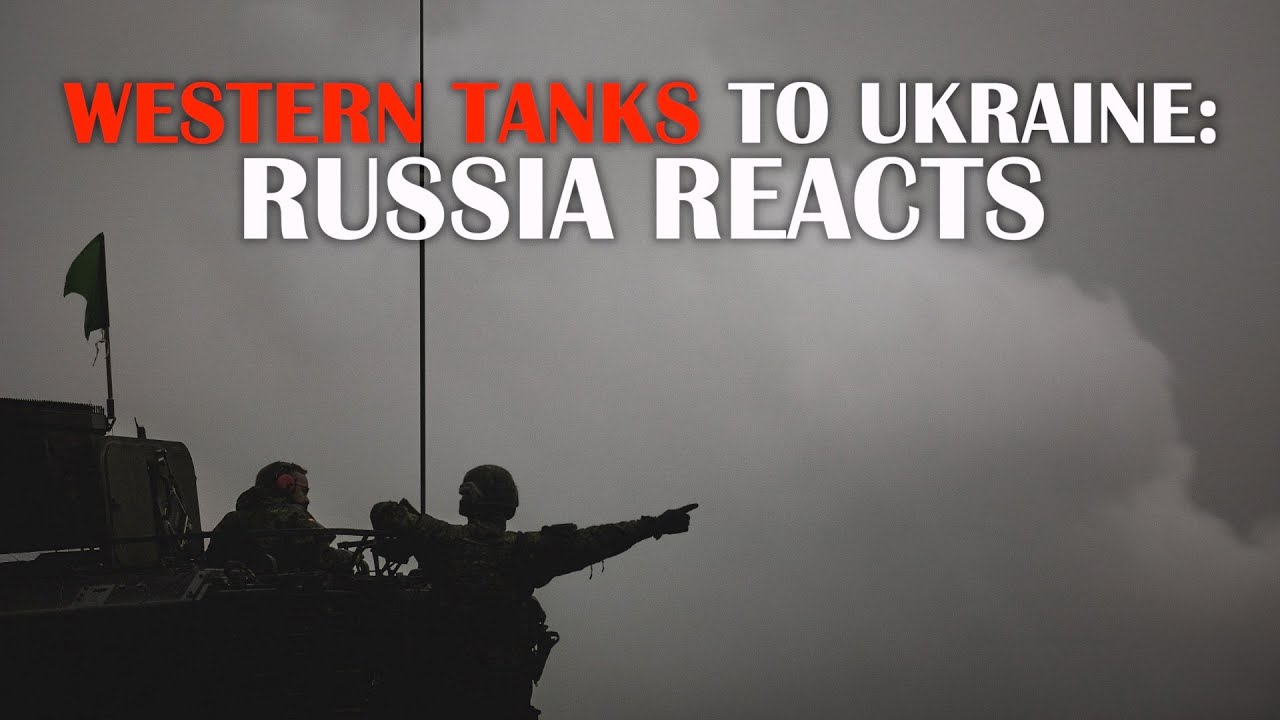
Orban tears into Scholz for tanks deployment to Ukraine and declares ‘you are at war’
Keep up to Date & Bypass the Big Tech Censorship
Get uncensored news and updates, subscribe to our daily FREE newsletter!
Germany’s decision to send advanced armoured tanks to Ukraine has sparked the fury of EU and NATO ally Viktor Orban. From Washington to Berlin to Kyiv, a Western decision to send battle tanks to Ukraine was hailed enthusiastically. Moscow shrugged it off – and later launched another barrage of attacks.
The Kremlin reacted for the first time to announcements by the US and Germany that they would arm Ukraine with dozens of battle tanks, naming the act as evidence of direct and growing western involvement in the conflict.
Kremlin spokesperson Peskov also ruled out Zelensky as possible dialogue opponent for Russian President Vladimir Putin.
| Recommended Books [ see all ] | ||||
|---|---|---|---|---|
 | 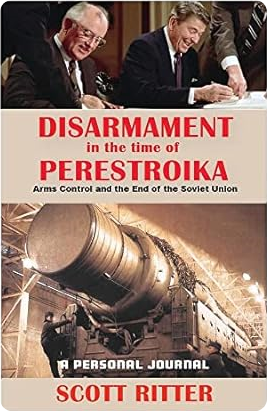 |  | 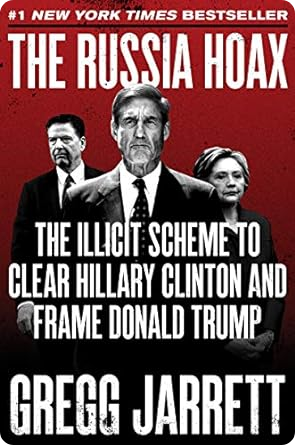 |
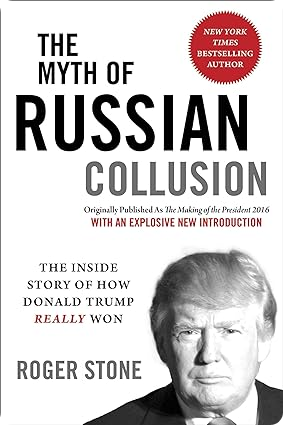 |
People on the streets of Moscow were divided on the issue. Some wanted peace, while others dismissed promised western tanks as ‘scrap metal’ for Russia.
Ukraine has been seeking hundreds of modern tanks to form what Zelensky called a “fist of freedom”.
Interfax news agency quoted Nikolai Patrushev, secretary of Putin’s Security Council as saying that “even with the end of the ‘hot phase’ of the conflict in Ukraine, the Anglo-Saxon world will not stop the proxy war against Russia and its allies.”
But in an interview with Hungarian state radio, Hungarian Prime Minister Viktor Orban said Germany’s decision to send 14 Leopard 2 A6 tanks to Ukraine was emblematic of the increasing role Western countries are playing in the war, now in its 12th month.
The Hungarian leader said on Friday that Hungary getting drawn into the war in Ukraine “is out of the question as long as I am prime minister” but he thinks it is too late for other countries in Europe.
He said: “The others are not only in danger, they have already been swept away.
“If you send weapons, if you finance the entire annual budget of one of the belligerents, if you promise more and more weapons, more and more modern weapons, then you can say whatever you want. No matter what you say, you are in the war.”
Mr Orban, who has refused to send weapons to neighbouring Ukraine and has held up some European Union efforts to provide aid packages to Kyiv, has consistently argued against EU sanctions on Moscow and portrayed countries that assist Ukraine as being “on the side of war.”
His government has pursued increasingly close economic and diplomatic ties with Russia over the last decade and concluded major agreements on purchasing Russian gas, oil and nuclear fuel.
He also threatened to veto any EU sanctions that would affect its access to Russian energy.
The United States announced on Wednesday (January 25) it will supply Ukraine with 31 advanced M1 Abrams tanks worth $400 million in a matter of months, a decision that helped break a diplomatic logjam with Germany over how best to help Kyiv in its war against Russia.
President Joe Biden announced the decision at the White House, and thanked Germany for its decision to supply Ukraine with Leopard 2 tanks.
Earlier on Wednesday,German Chancellor Olaf Scholz announced the decision to send 14 Leopard 2 tanks at a cabinet meeting. Germany also permitted other countries to send theirs too, which was restricted until now under export regulations.
German DM Boris Pistorius stressed that Germany will continue to support Ukraine, but will not become a party in the ongoing conflict. He also estimated that the first Leopard tanks can be in Ukraine in about 3 months.
Frankfurter passers-by were torn in their opinion on the decision due to fears of a potential escalation of the conflict.
Ukrainian President Volodymyr Zelensky, who has long-asked for the tanks, welcomed the decision.
A Kremlin spokesman earlier said the tanks would “burn like all the rest”.
The Kremlin has previously warned that Western tank deliveries would be a dangerous escalation of the conflict in Ukraine, and it has strongly denounced the watershed move by Germany and the United States to send heavy weaponry to its foe.
Kremlin spokesman Dmitry Peskov said: “The potential it gives to the Ukrainian armed forces is clearly exaggerated.
“Those tanks will burn just like any others.”
Some Russian experts also emphasised that the supply of the deadly armour will be relatively limited and could take months to reach the front.
On Thursday, Russia launched a new wave of missiles and self-exploding drones across Ukraine – the latest in a series of strikes, many of which have targeted power plants and other key infrastructure.
Russian military bloggers and commentators say that such attacks involve meticulous preparation – so the latest barrage was likely planned in advance and was not necessarily linked to the tank announcement.
President Putin his diplomats and military leaders have repeatedly warned the West that supplying long-range weapons capable of striking deep inside Russia would mark a red line and trigger massive retaliation.
Poland, the Czech Republic and other NATO countries have already provided Ukraine with hundreds of smaller Soviet-made tanks from the Cold War era when they were part of the Soviet bloc. Ukrainian armed forces, who have used similar aging weaponry, needed no extra training to use them. They played an important role on the battlefield, helping Ukraine reclaim broad swaths of territory in 11 months of fighting.
As Ukraine’s armoured units suffered attrition and stockpiles of the old T-72 tanks ran dry in the arsenals of its allies in Central and Eastern Europe, Kyiv has increasingly pushed for the delivery of US M1 Abrams tanks.
After weeks of hesitation, Germany said Wednesday it will provide Ukraine with 14 Leopard 2 tanks and allow other allies willing to follow suit to deliver 88 Leopards to form two tank battalions. The U.S. announced it will send 31 M1 Abrams tanks.

